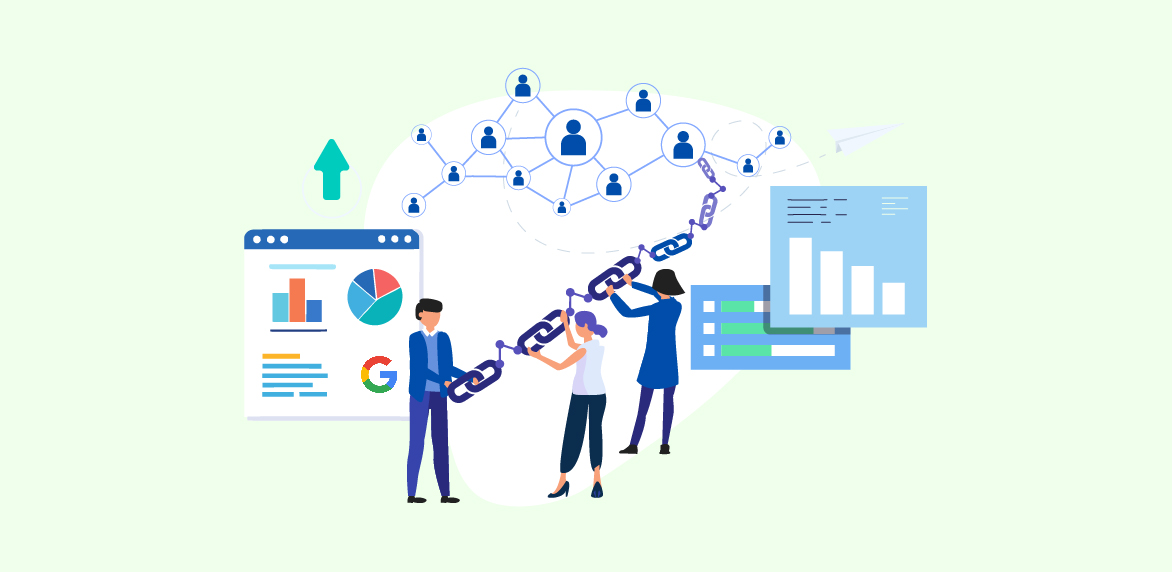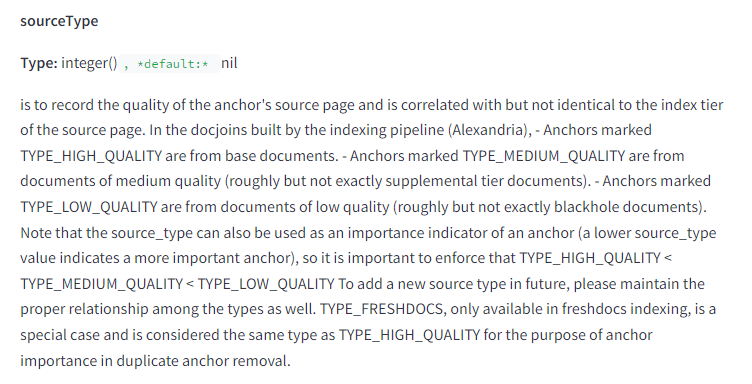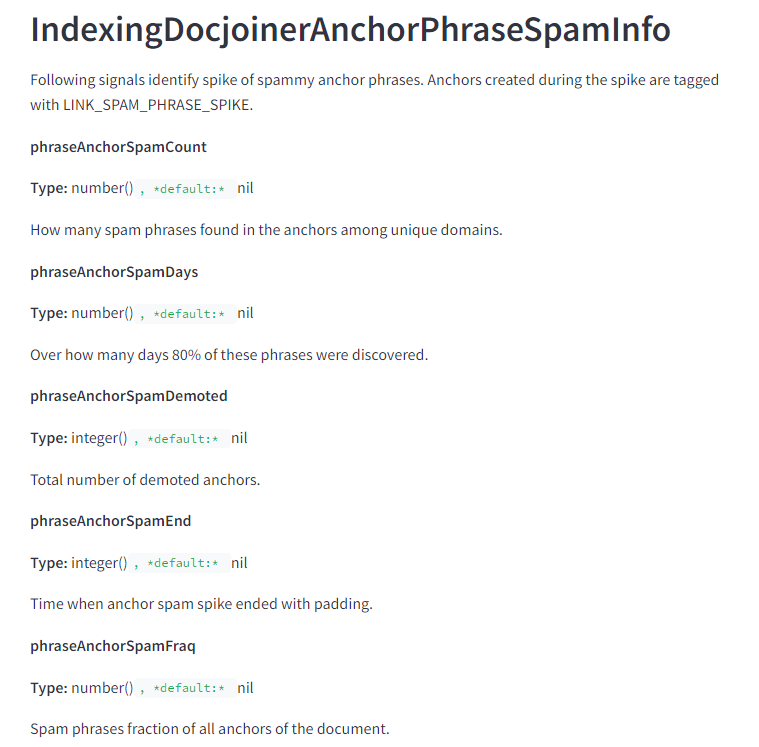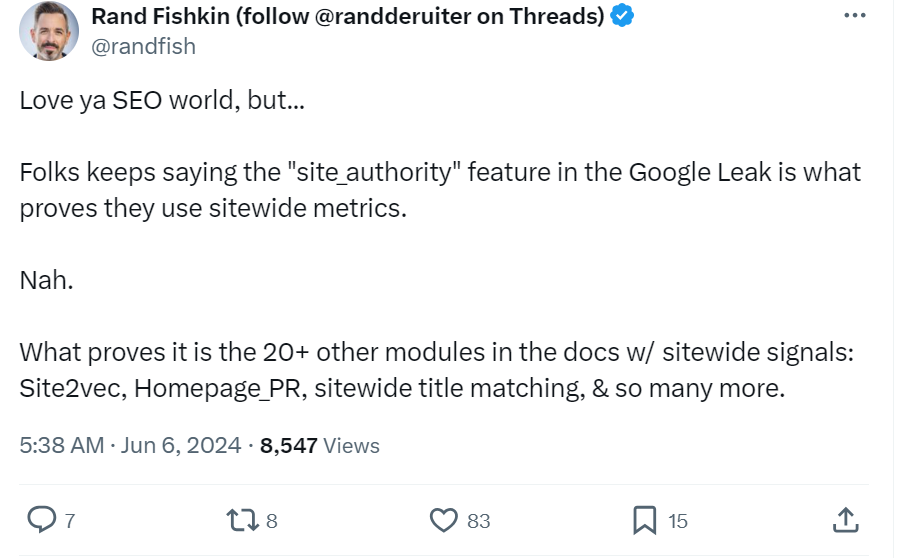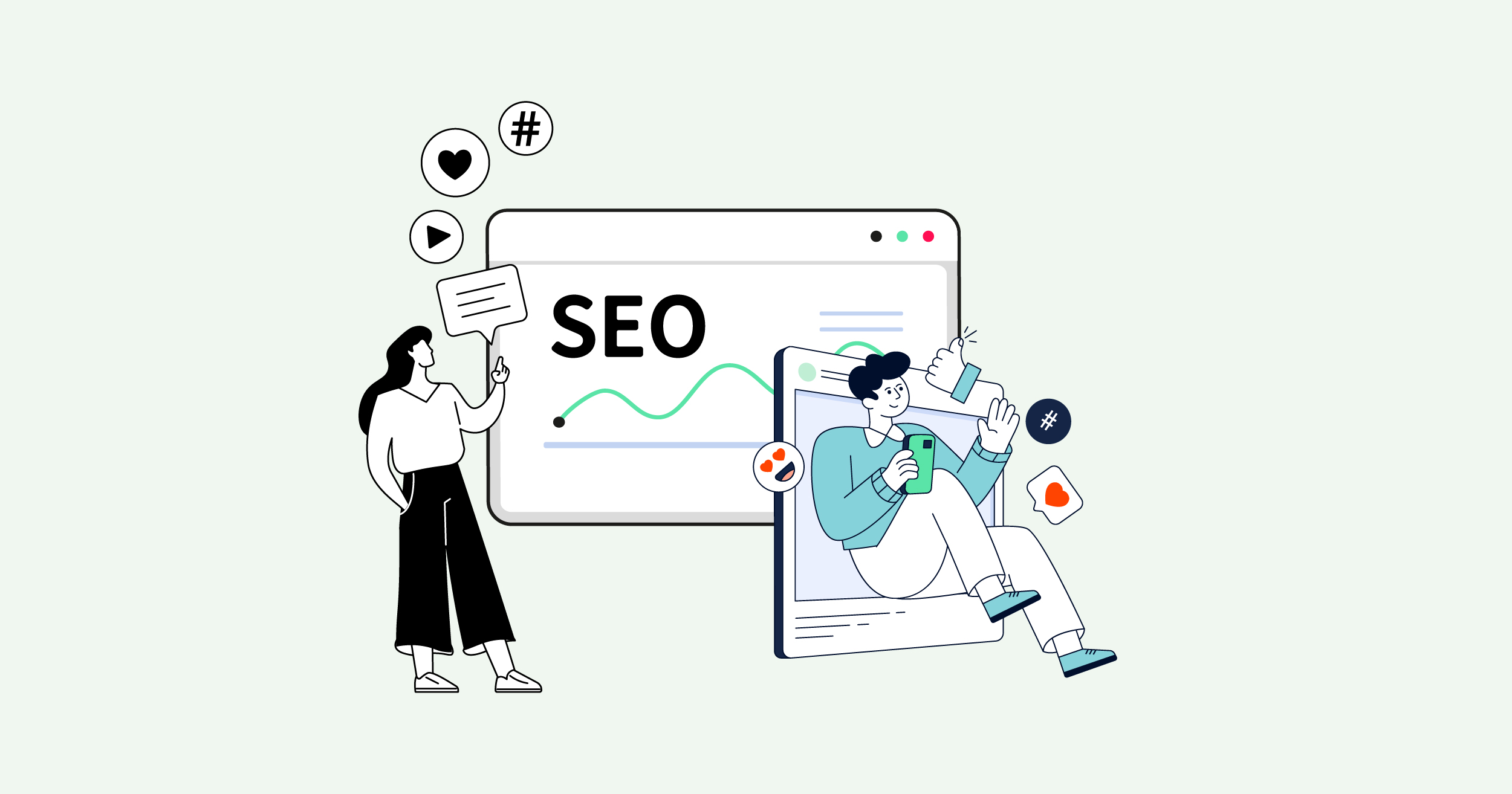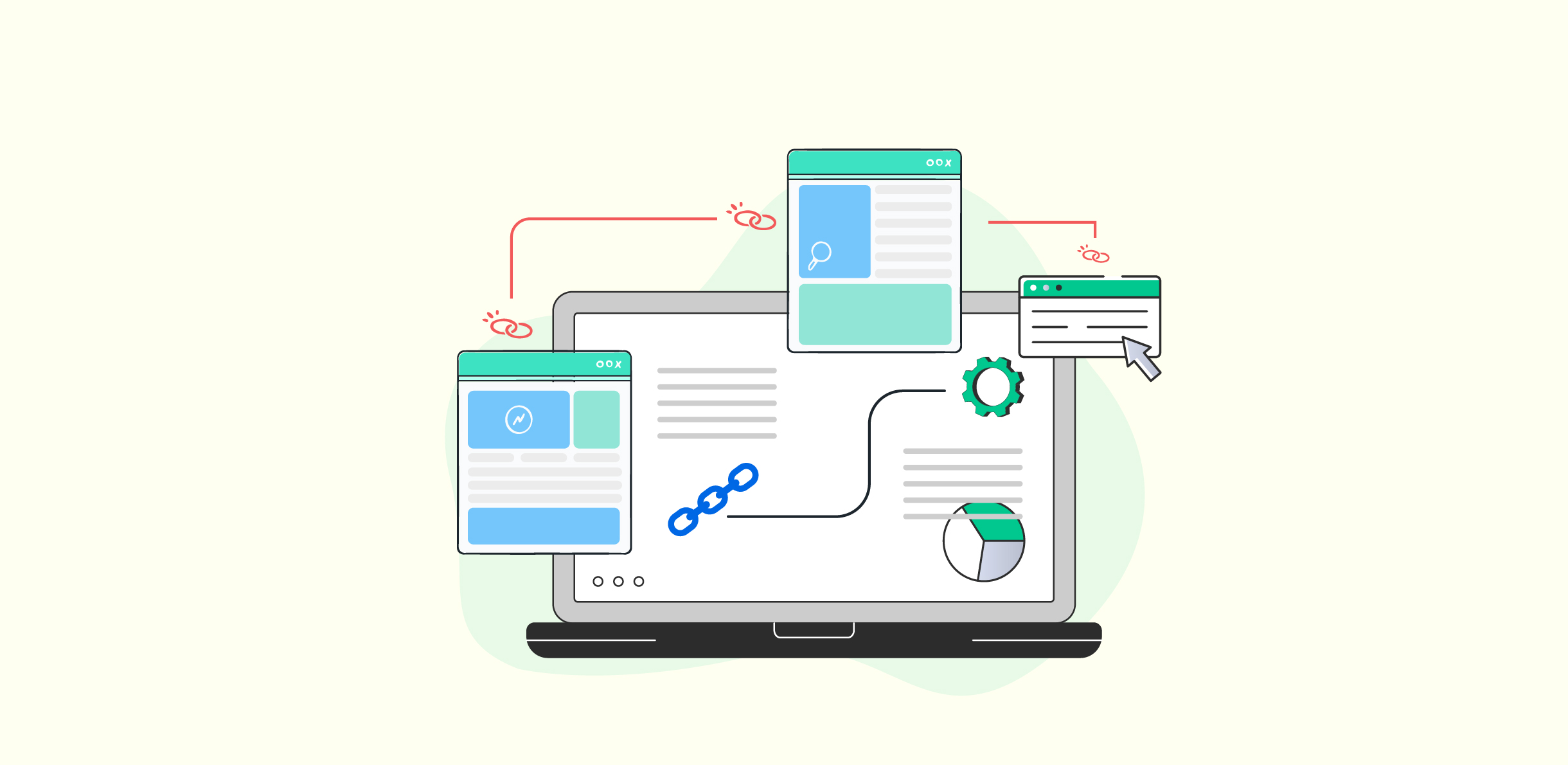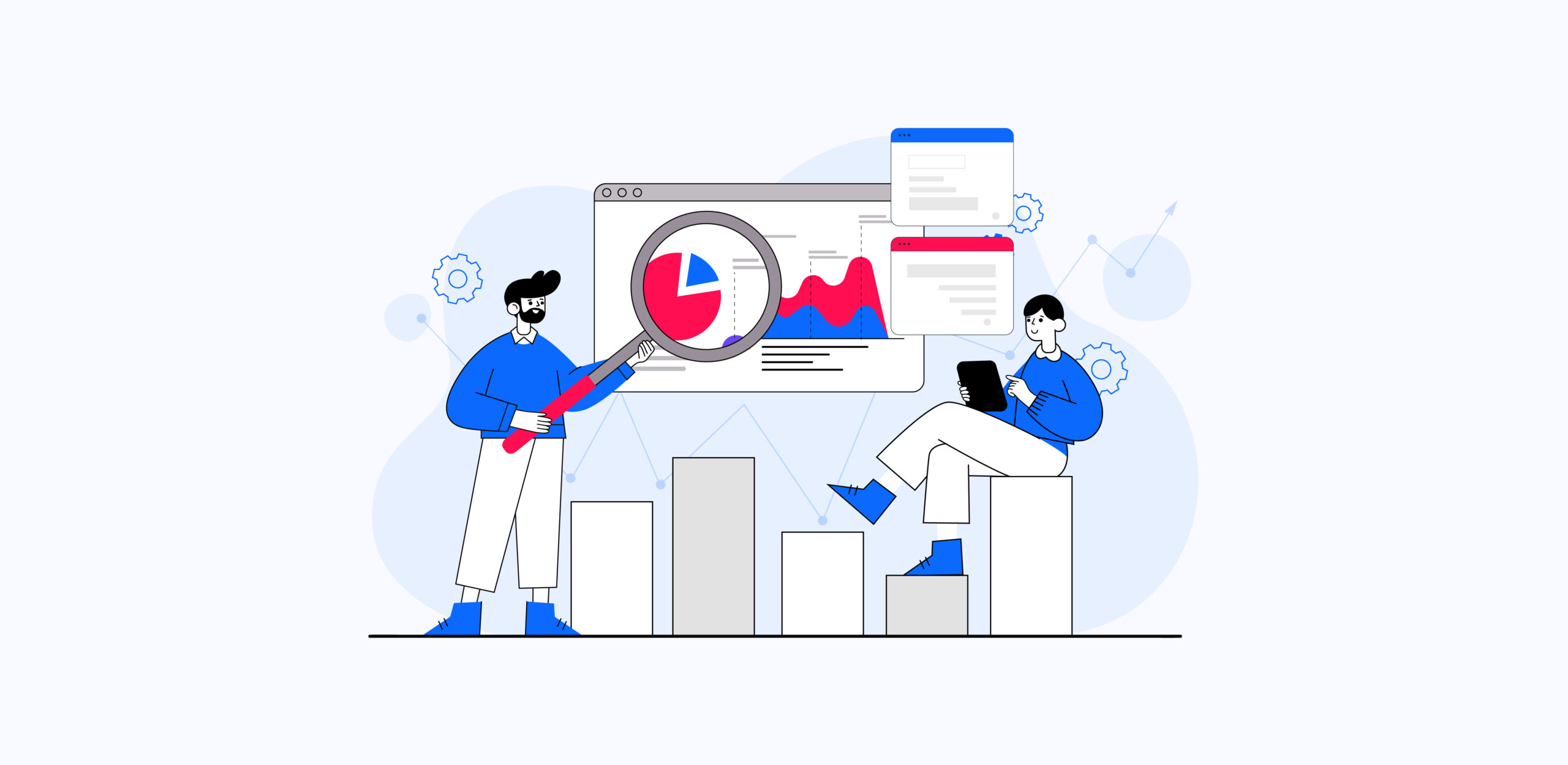Google’s API Leaks has had a massive impact on the SEO community. For starters, many modules and the major APIs for Google rankings have seemingly been put out in the open. Thus an analysis of the impact of Google API Leaks and Link Building has become imperative.
To quote Rand Fishkin,
“In the last quarter century, no leak of this magnitude or detail has ever been reported from Google’s search division.”
This is quite apparent with the 2,596 modules and 14,014 attributes that are up on GitHub coming directly from Google’s API Content Warehouse. While Rand Fishkin and Michael King have covered almost major aspects of the leak in great detail, in this piece we plan to inform you on what the leaks mean for backlinks and link building.”
Getting to the depths of Google API Leaks and Link Building requires analysing the data deciphered by SEO thought leaders. Good thing we’ve already done that. So, hold on to your coffee as we explore how different modules and attributes of Google API Leaks and Link Building correlate.
SourceType Anchors
This attribute shows the correlation between an Anchor Text’s source page and the location where Google has indexed the source page. Google has set three tiers of quality based on which data is stored on the servers:
- High
- Medium
- Low
These tiers are meant to indicate the value that the links are bringing to the destination pages. There is also a fresh docs type which is considered in the high-quality tier.
However, after some digging, we found out that the idea of Tiers was first confirmed by Gary Illyes in Google’s Search Off The Record Podcast. Gary said that Google’s Index is stratified into tiers, where the most important, regularly accessed, and updated content is stored in flash memory. Next, content considered less important is stored in SSDs, whereas all the irregularly updated and low-priority content is stored on standard hard drives.
What does this mean for Link Building?
It’s high time that your focus should only be on high-tier pages if you’re building links. That path will lead you to backlinks that Google considers most important, resulting in more link authority being passed to your website.
EncodedNewsAnchorData
Another link-related attribute present in the leaks was EncodedNewsAnchorData. This one tells us that Google treats news source backlinks differently. Our theory is that this attribute assesses the quality of a link coming from a news source.
There is quite a lot of ambiguity, and almost no one has yet attested to the measurement and assessment of this attribute. However, the presence of this attribute in the Content Warehouse does indicate that Google might be giving extra priority to news sources and news pages, as it has a dedicated attribute for them.
What does this mean for Link Building?
As there isn’t a lot of certainty other than the presence of the attribute, link builders can simply test out news backlinks and see if they provide favorable results. As Link Building varies from niche to niche and Google may have differential treatment based on verticals, it could either boost backlink results or simply be a lost investment.
LocalCountryCodes
Another attribute that correlates a lot with backlinks from the Google SEO ranking API Leaks is LocalCountryCodes. The presence of this attribute hints us that local backlinks are probably better than international ones.
In other words, if backlinks and destination pages exist within a single country or region, the links could be considered more relevant and may carry more weight.
We did talk a lot about Local SEO in one of our previous entries so you can check it out. Google might be looking at this attribute in order to assess which factors deserve more priority in the ranking of a website, especially when the website in question has links from different regions.
What does this mean for Link Building?
Simply put, this means that focusing on local links will help you. It would be a great idea to use what you learn from Google API leaks on localized backlinks strategy to come up with a plan that gives you that perfect win!
HomePage PageRank
PageRank is a Google Algorithm working to measure the importance of web pages and has been functional since 1998. However, we know thanks to the leaks that PageRank has evolved a lot since the original release. The leaks show us that Google has multiple versions of PageRank, like raw PageRank and First Coverage PageRank among others.
In simple terms, PageRank is the algorithm that considers backlinks as votes of confidence, assessing web pages with high-quality links as significant in the SERPs.
However, the presence of HomePage PageRank is quite substantial, since this tells us that Google has been assessing links specifically to homepages. This is probably done prior to the calculation of PageRank for internal pages.
What does this mean for Link Building?
Instead of focusing solely on your conversion pages, the presence of HomePage PageRank tells us that focusing on Homepage backlinks is generally a good idea.
HomePage Trust
Another attribute for HomePage, we can be certain the Google API leaks influencing HomePage PageRank and trust will be significant. With HomePage Trust Google has been assessing the trust level of homepages.
There are four assessment metrics for HomePage Trust:
- Note HomePage
- Not Trusted
- Partially Trusted
- Fully Trusted
Thus, Google assesses a backlink’s value based on how much trust Google has on it.
What does this mean for Link Building?
It’s high time to raise the trust level of your homepage with quality backlinks. Trust trickling to your homepage should eventually reach the inner pages as well, leading to better traffic and rankings.
Anchor Mismatch
We finally have clarity that Google looks for relevance on both sides of the backlink. Google demotes the link if it doesn’t find relevance. Google calls it Anchor Mismatch Demotion.
There is a chance that Anchor Mismatch Demotion after Google API leaks are updated. Since this leak came around in June, there is a chance that Google might have already updated this metric.
What does this mean for Link Building?
Link Builders need to be extremely vigilant to ensure that Anchor Mismatch never occurs. An anchor mismatch demotion can be a critical issue as it not only means investment lost, but also a loss of trust with Google.
Series of Anchor Spam
Google SEO Ranking API Leak literally has a list of attributes focused specifically on Link and Anchor Spam. The first deduction we’d like to make here is that backlinks must be extremely important for Google to determine rankings if they have dedicated so many resources to it.
In the list, we see metrics like:
- Anchor Spam Count
- Anchor Spam Days
- Anchor Spam Demoted
- Anchor Spam End
- Anchor Spam Fraction
Google is probably using these APIs to identify when a site is getting spammy backlinks. They might also be using it to nullify a negative SEO Attack. In simple terms, Google is keeping this data to have a benchmark for discovering if anything is going against the trend. That way, the search engine could easily ignore a backlink spike in one or both directions.
What does this mean for Link Building?
While Mueller has stated that building too many links in a short period of time isn’t a problem unless it is being done violating the webmaster guidelines, these metrics may indicate otherwise. However, if you are building links naturally, then you shouldn’t be worrying.
Toxic or Bad Backlinks
We finally have proper confirmation that Toxic Backlinks do exist and are harmful to a website’s rankings. Google just has a different term for them, BadBacklinks. However, the attribute does exactly what SEOs have called the effect of having toxic backlinks.
What does this mean for Link Building?
Link Builders need to be more vigilant than ever when they outreach to score a backlink. This is especially since the leaks confirmed Toxic Backlinks.
SiteAuthority
We know that Google does calculate Domain Authority/Rating thanks to the leaks. Google calls this metric Site Authority.
However, keep in mind that without the actual working of the module, it is only speculation that Site authority may be the Google Equivalent of Domain Authority/Rating by Moz/Ahrefs, respectively.
As Google has been rather silent on the matter of the leaks, we still don’t know for sure how Site Authority works or how critical it is for Google’s Ranking Systems. The closest thing to a clue we get is the feature of Authority Promotion, which implies that Site Authority comes from Quality Boost.
There was chatter in the SEO community where many thought that SiteAuthority was the most important part of the leak, but Rand Fishkin clarified the matter in the following words.
What does this mean for Link Building?
Well, it turns out that metrics like Domain Authority from Moz or Domain Rating from Ahrefs are actually worth watching. So, we’ll just reiterate that it’s always a good idea to watch the metric whenever you’re shortlisting websites to outreach to score backlinks.
Link work on a Site-Level
Google has been using both SiteAuthority and different versions of PageRank to calculate the link equity for internal pages of a website. In other words, we have confirmation that backlinks aren’t solely for conversion pages.
What does this mean Link Building?
Driving link equity is often the primary objective behind link building. The information we have will help in efficiency thanks to the leaks. The focus should be on driving link equity to all the important pages of a website and not just conversion pages.
Moreover, it is also imperative that webmasters keep on publishing and promoting their linkable content so that fresh backlinks keep flowing in.
Documents Get Truncated
The API leaks also confirm that Google’s Mustang System, which is the primary scoring, ranking and serving system, has a limited number of tokens in considering a document. The limited tokens means only the most important content and pages get top priority
In simple words, due to this limit on tokens for Google to check and rank pages, only the most important content and pages get top priority.
What does this mean for Link Building?
It’s smart to have content that isn’t too long. This way crawling the page doesn’t utilize max tokens.
A good practice (although this is just theory) would be to look at the top-ranking pages for the subject and observe an average word count that stays in the same range, putting your most important stuff first in the content.
We hope that these insights prove helpful for your link-building efforts and empower your strategies. Knowing more about Google API leaks and Link Building should prove highly beneficial. The insights wouldn’t have been possible without the breakdown of the API leaks from thought leaders of the SEO community, so credit to Rand Fishkin, Michael King, Ann Smarty among many more.
Good Luck and Happy Link Building!

